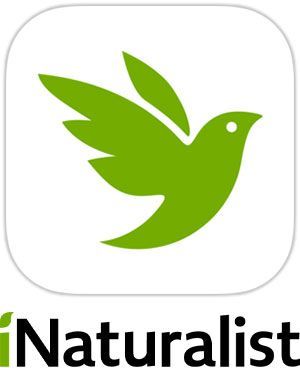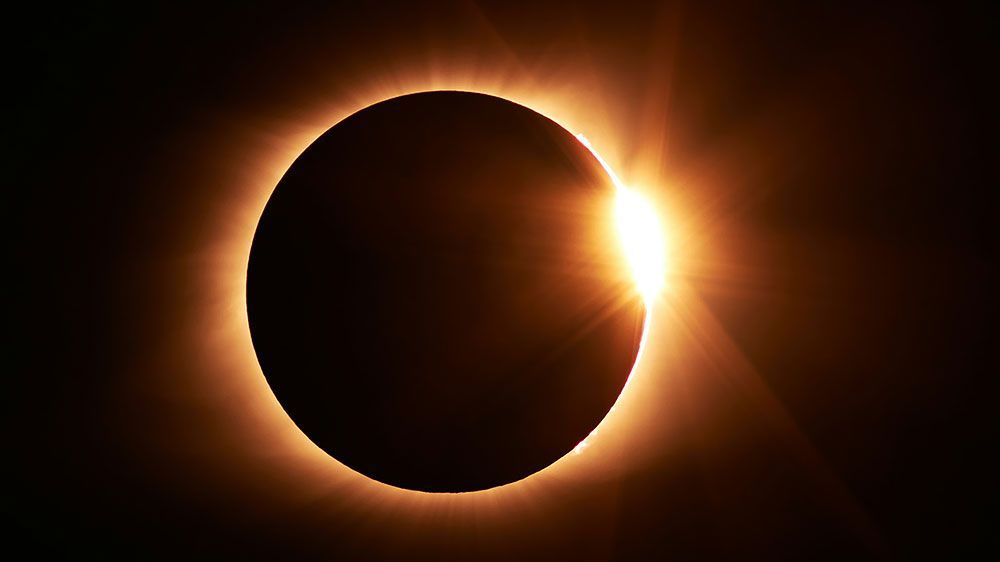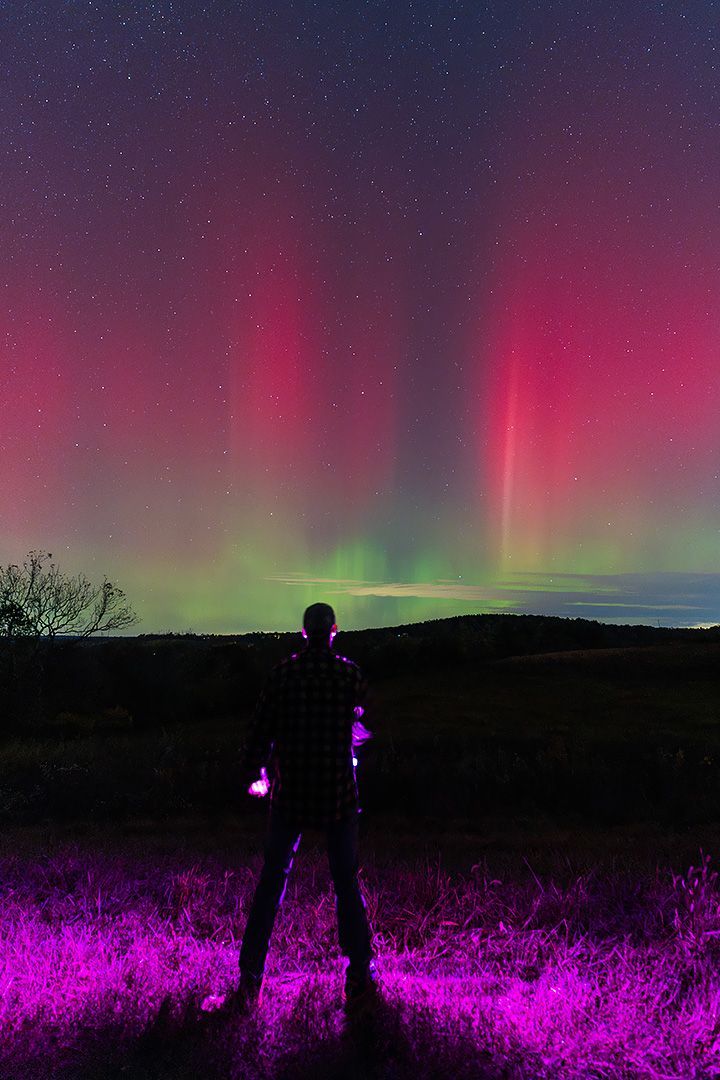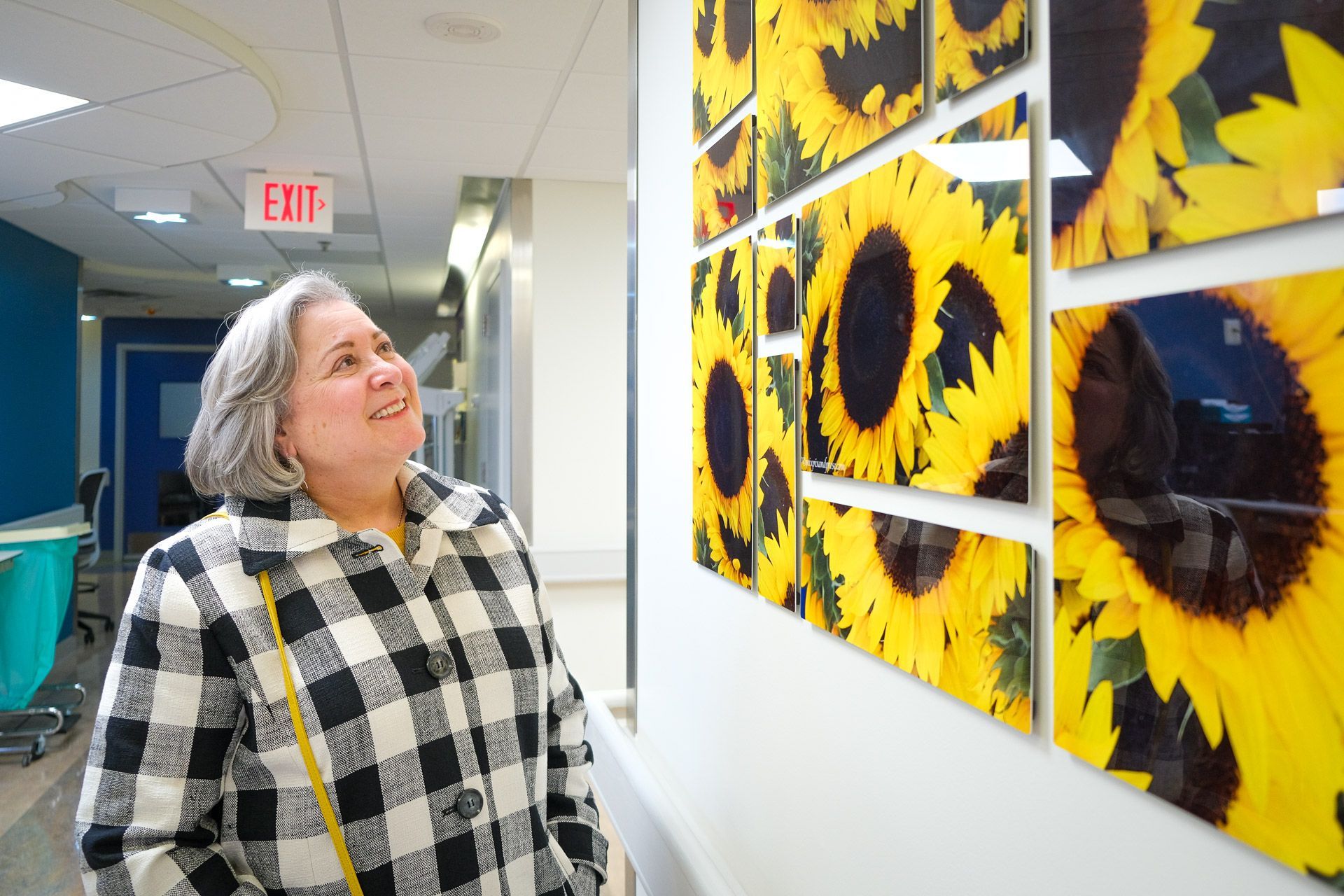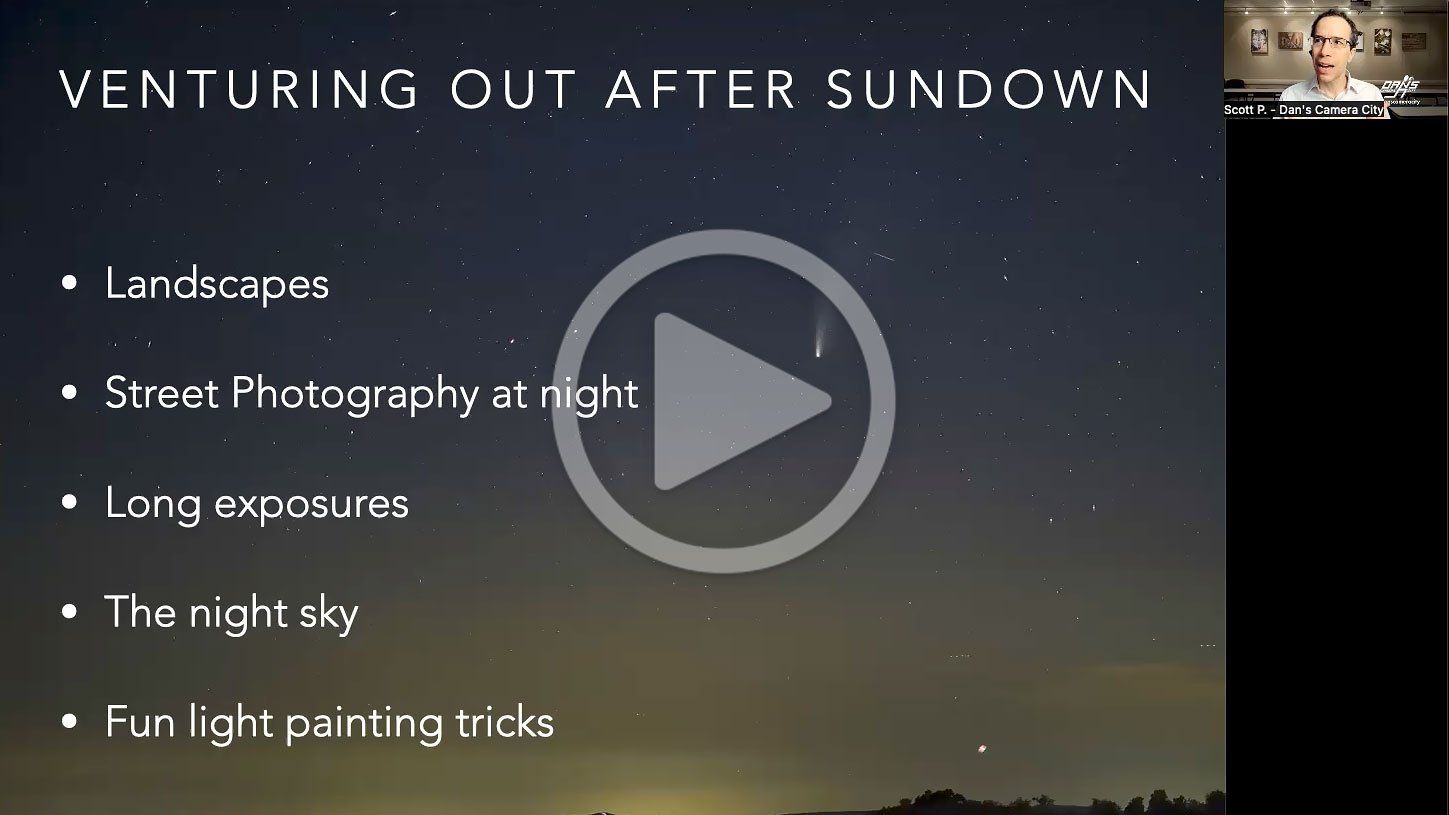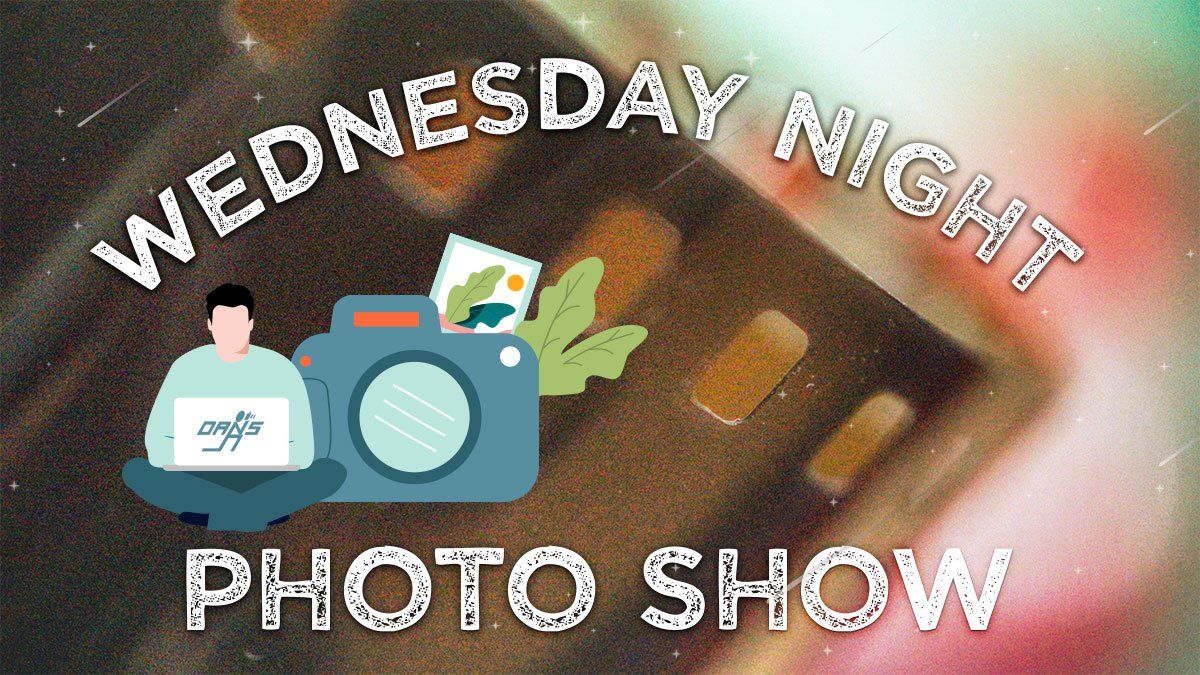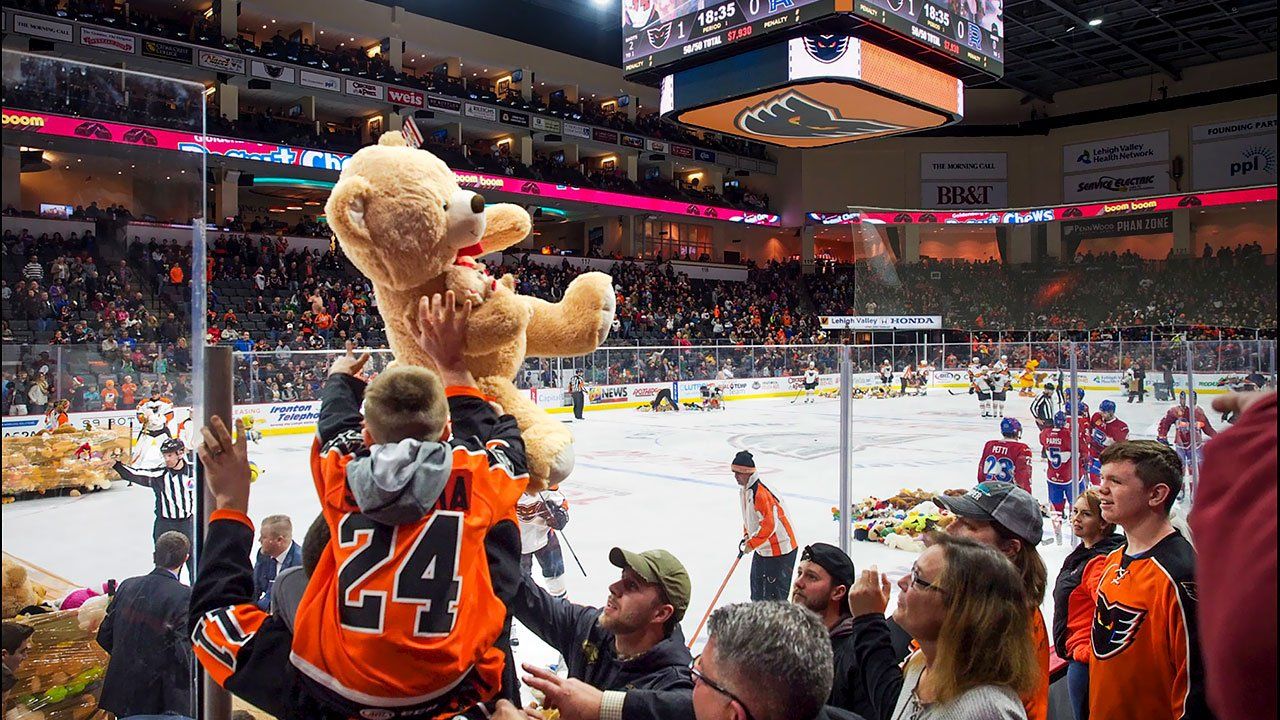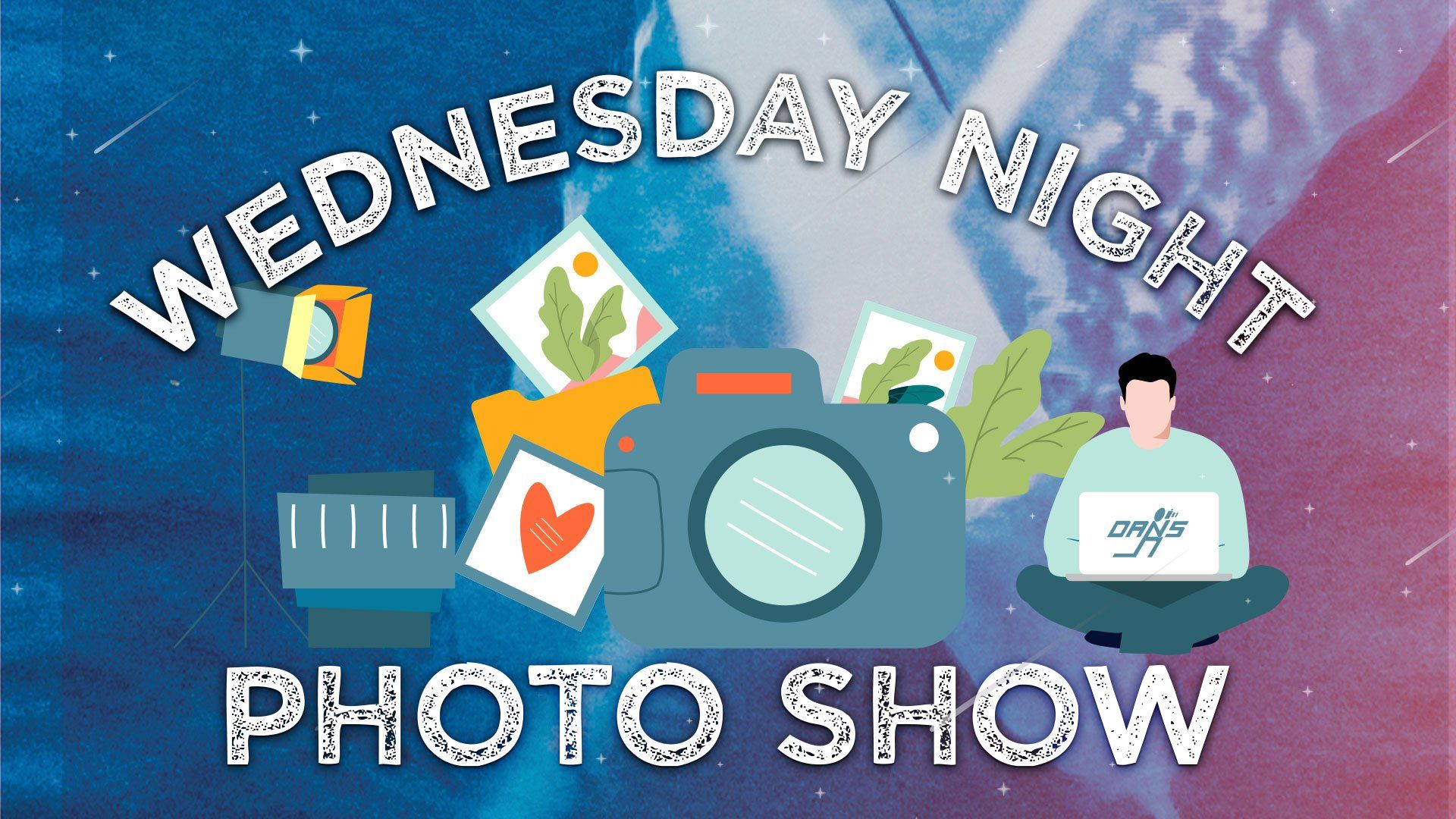The next time you're in the Photo Park and capture a photo of the plants and animals here, try using iNaturalist to record your observation. You can get help with identification, see what else has been observed in the area, and contribute to research projects right from your phone. Log in at iNaturalist.org, get the app, and help us catalog all the plants and animals living in the Urban Photo Park at Dan's Camera City!
A Place for Wildlife at Dan's Camera City
National Wildlife Federation Certifies New Wildlife Habitat Garden at Dan's Camera City
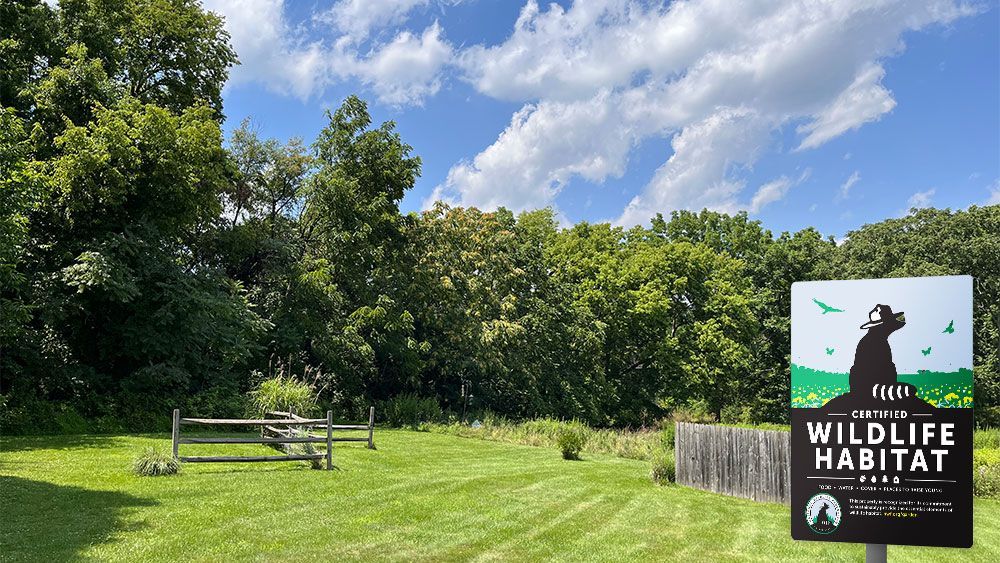
When we decided to turn the section of land behind our store into our Urban Photo Park, we imagined all the ways we could use that space photographically. It's a great place for portraits, for outdoor workshops, and for testing out photo gear. And since birds, wildlife, and nature photography are such popular subjects we always included bird feeders, native wildflowers to attract butterflies and other pollinators, and plenty of open, undeveloped space for our wild neighbors.
This year as part of our Earth Day celebration, we decided to make it official. The Urban Photo Park at Dan's Camera City is recognized as a Certified Wildlife Habitat® by the National Wildlife Federation. Through the Garden for Wildlife™ program, NWF celebrates efforts like these to create gardens that support birds, butterflies, bees, and other local wildlife.
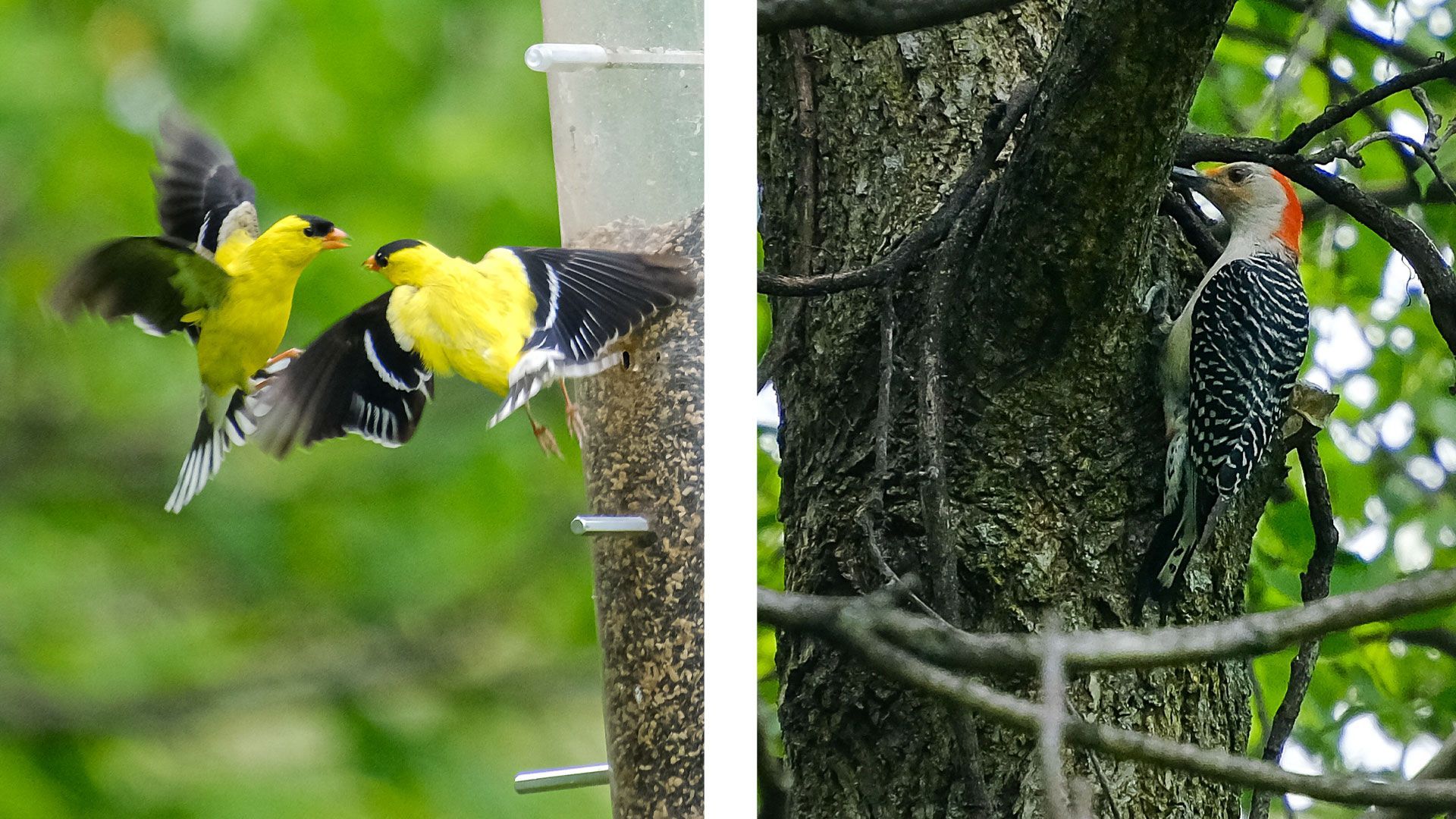
Every Certified Wildlife Habitat garden provides natural sources of food, water, cover and places to raise young and is maintained in a sustainable way that incorporates native plants, conserves water and doesn’t rely on pesticides. Designing the Photo Park to be more inviting to wildlife not only gives us great wildlife watching opportunities, it also helps us to be greener – reducing lawn to mow, cutting down on watering, and saving time in the long run.
But the real payoff is the huge variety of wildlife we get to see here every day. Right now the spring bird migration is in full swing, and we're seeing dozens of different species regularly. Rabbits, deer, raccoons, and foxes all frequent the park, passing through for food & shelter, or staying here to raise their young. And native flowers attract butterflies and bees of all shapes and sizes.
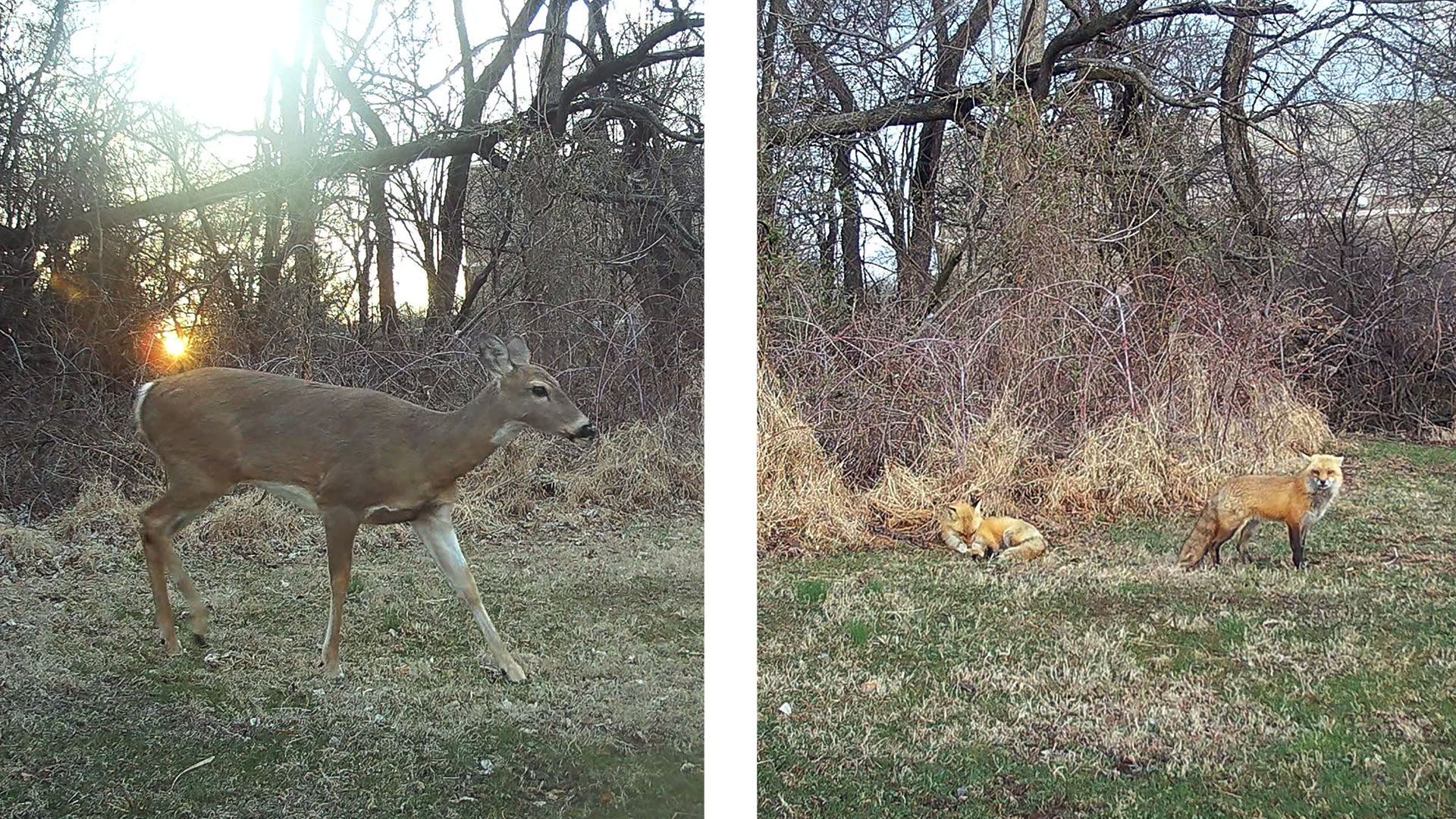
An app we love: iNaturalist
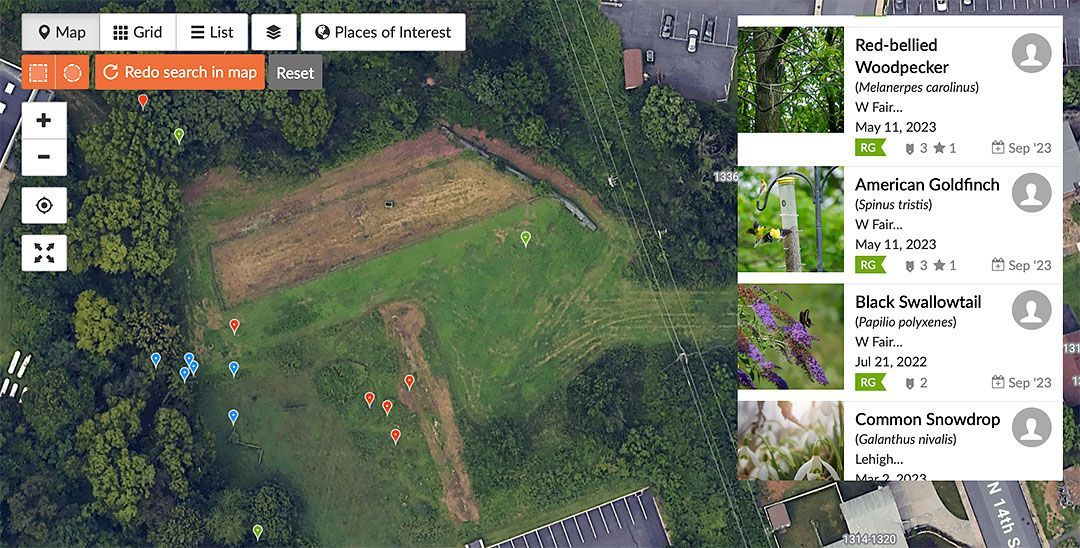
Want to certify your own garden?
For more information on NWF’s Garden for Wildlife™ movement and how to qualify to have a garden space recognized as a Certified Wildlife Habitat, visit
www.nwf.org/garden. To jump start creating your own Certified Wildlife Habitat® order native plant collections for your zip code designed to provide three season bloom at
www.gardenforwildlfe.com.



